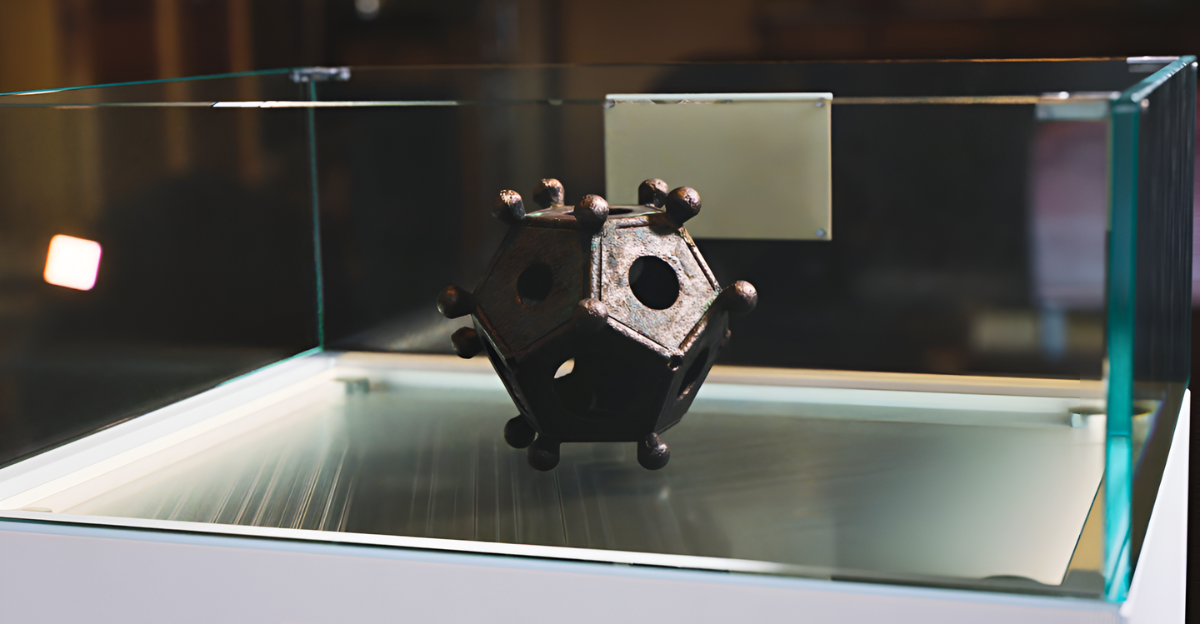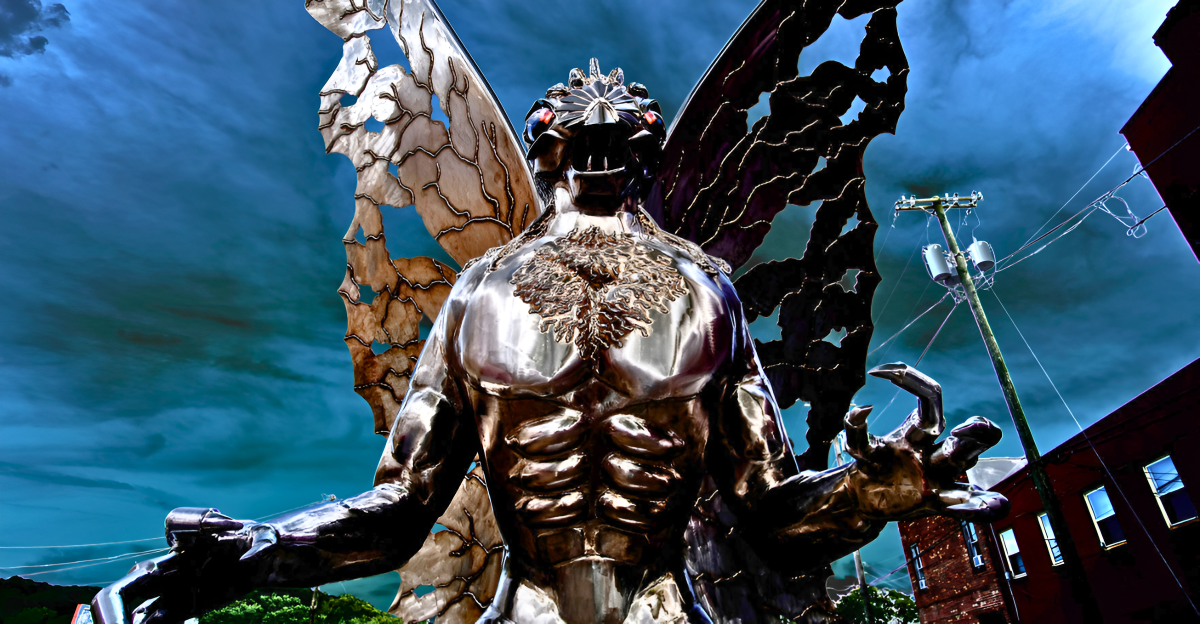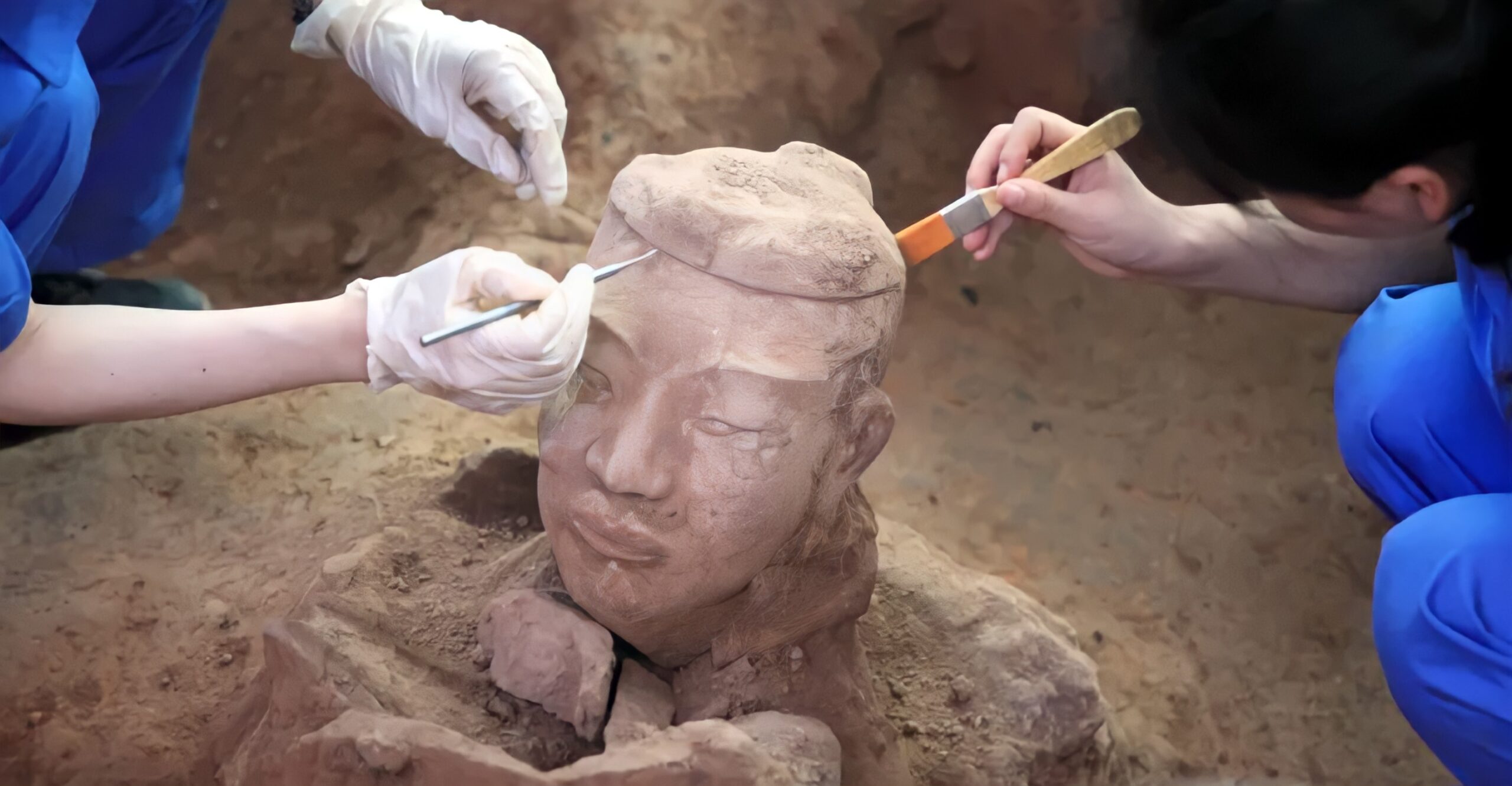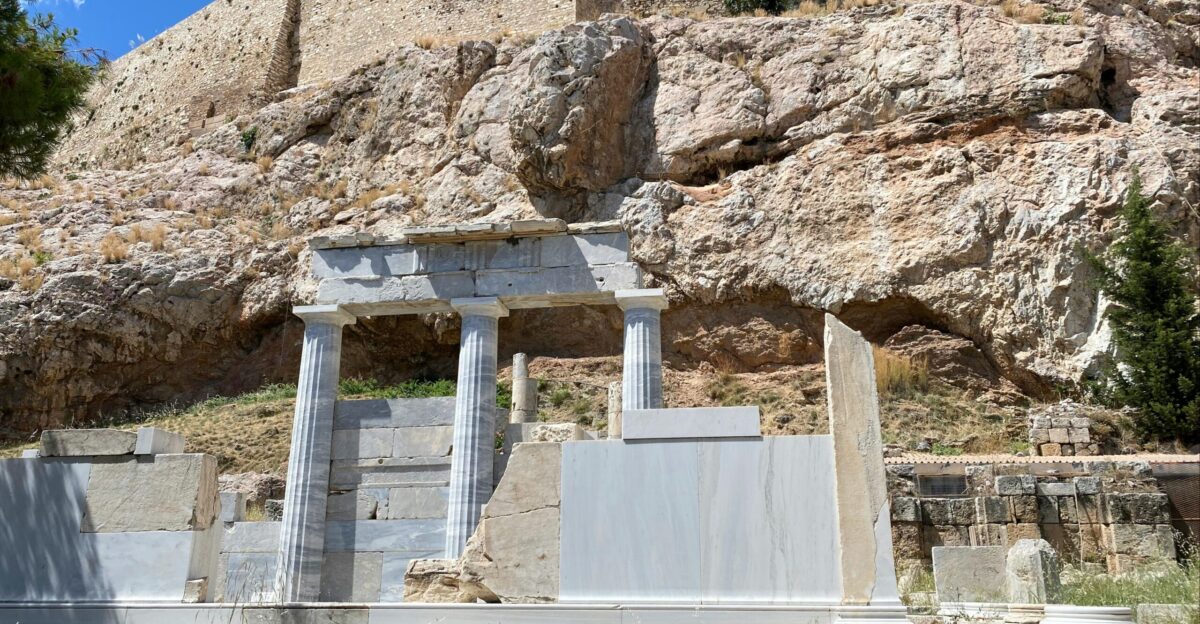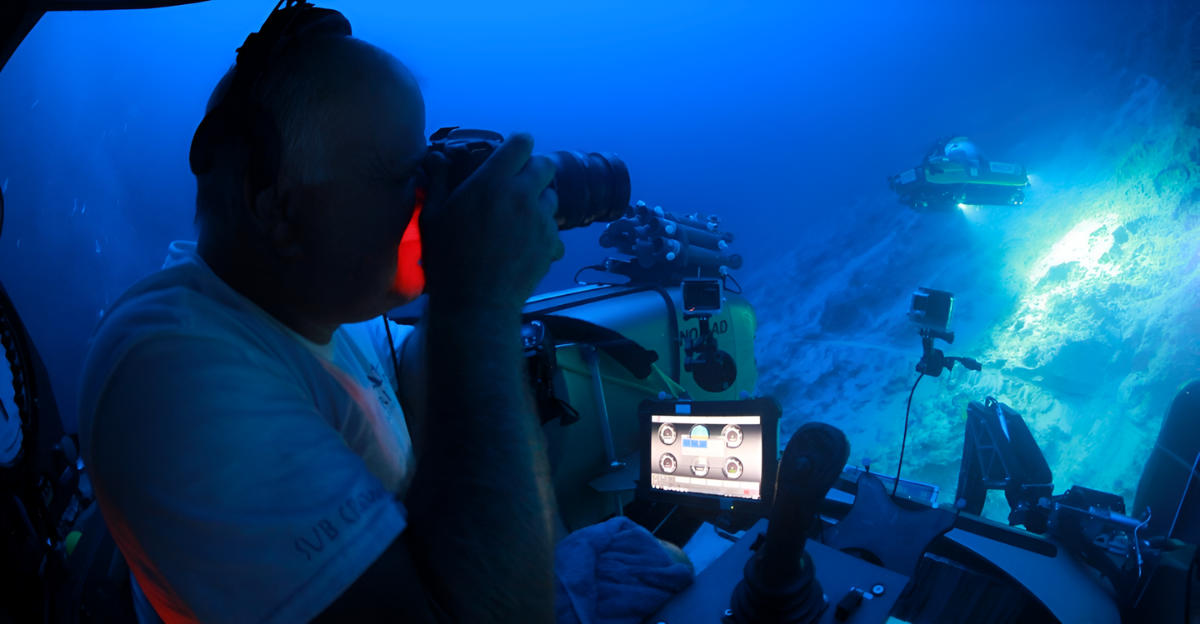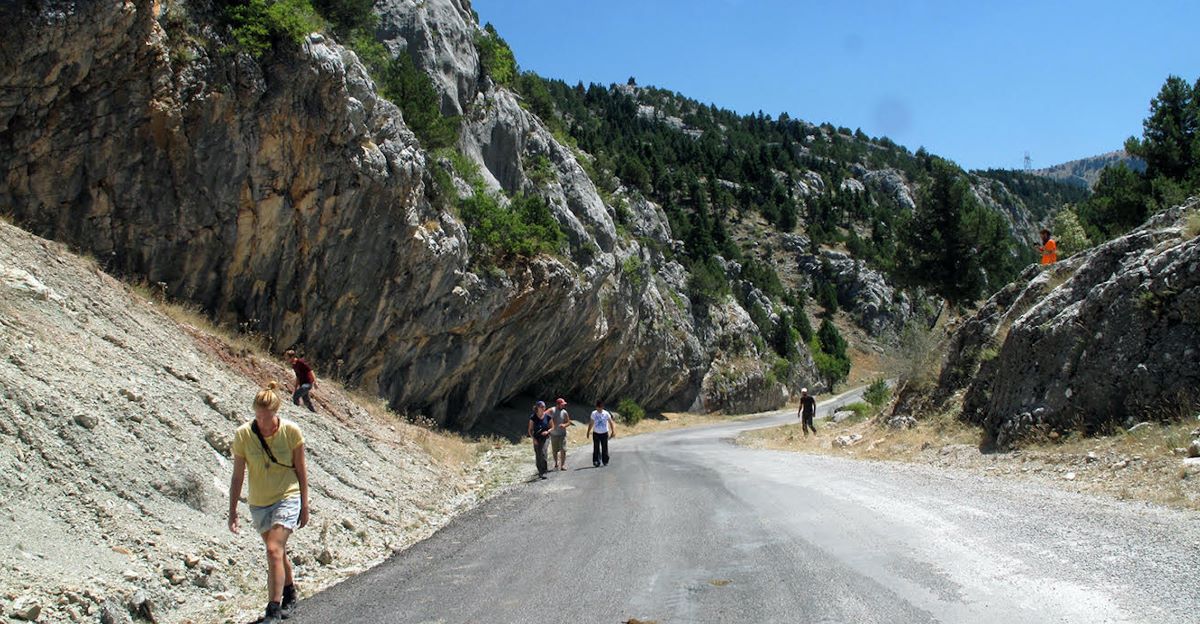
Beneath Italy’s charming cobblestones, France’s quiet vineyards, and the jagged Alps lies something that most tourists—and even locals—couldn’t imagine.
A huge secret, long buried, shaping the very ground beneath our feet. This is not a legend or old wives’ tale, but something far older, stranger, and entirely real.
Decades of research were required to distinguish fact from fiction. What scientists found could rewrite Earth’s history.
Not Quite Atlantis, but Just as Surprising
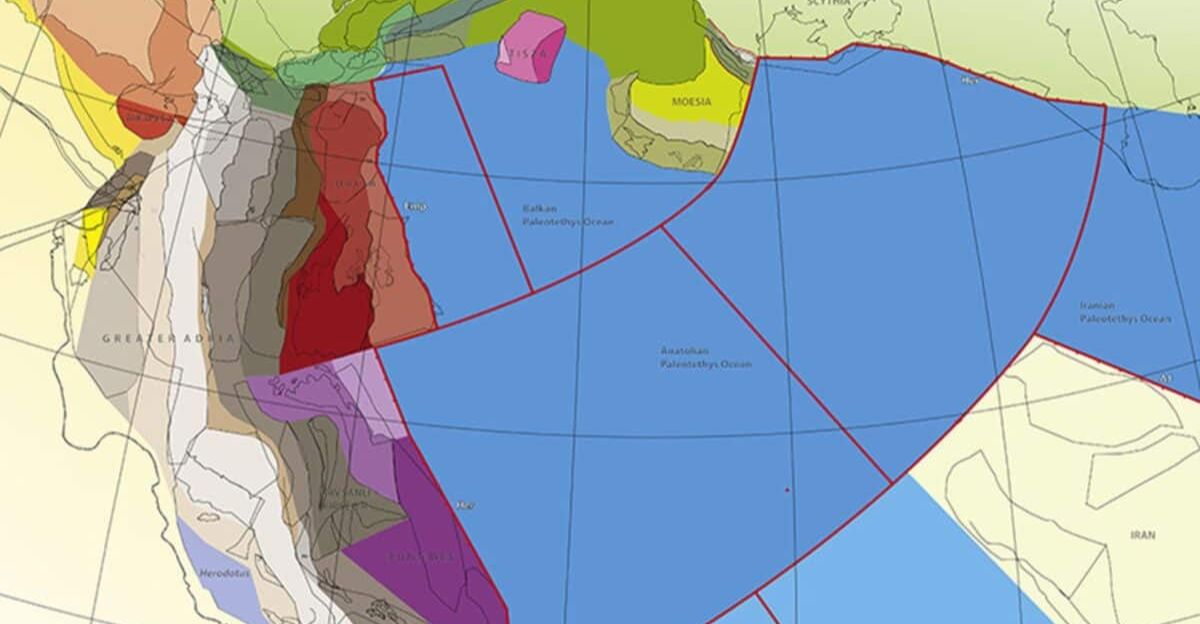
When you hear “lost continent,” Atlantis tends to come to mind. But this is not a myth—it’s based on tangible evidence, rock strata, and seismic surveys.
Scientists were not looking for fabled cities; they were mapping tectonic plate movement. What they discovered instead was a lost land, previously as large as Greenland, buried beneath Europe’s southern mountains.
The designation? Greater Adria. A lost continent, lost not by myth-tellers—but by time itself.
A Puzzle Millions of Years in the Making
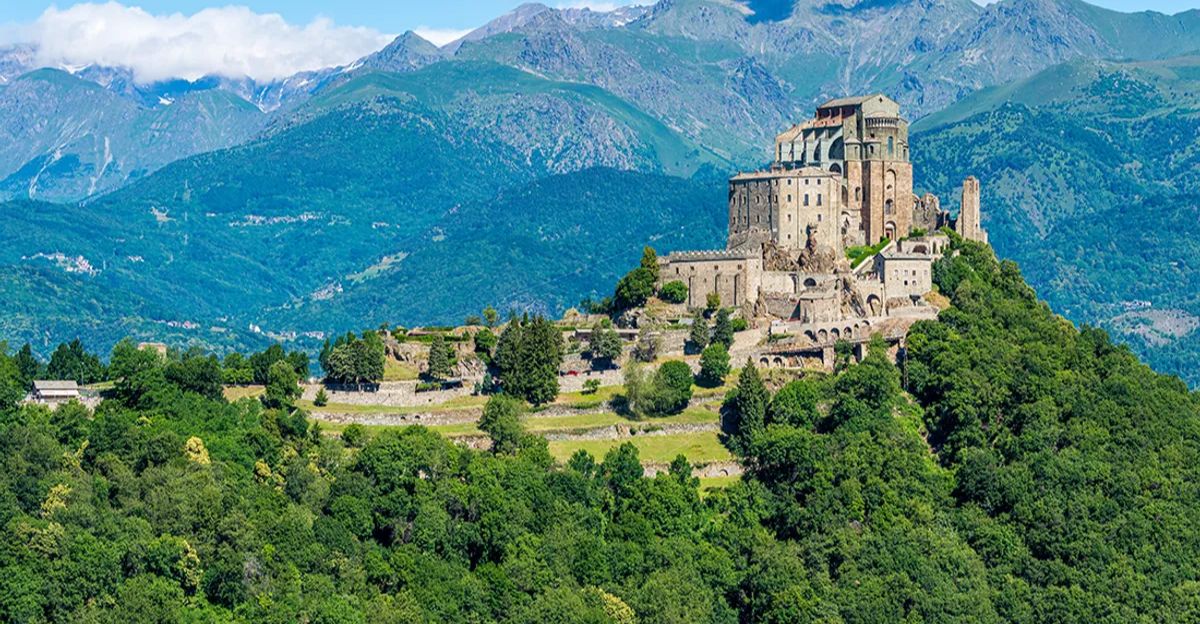
Greater Adria didn’t just plummet into the sea—it was gently, quietly sucked downward into the ground. It’s the fossil record of a former landmass once part of the supercontinent Gondwana, close to present-day North Africa.
It drifted northward for tens of millions of years, colliding with Europe. But rather than coming to a halt, it slipped beneath the continental crust, bit by bit. The end result: colossal mountain ranges and geologic traces waiting to be found.
The Geologists Who Tracked Down the Leads
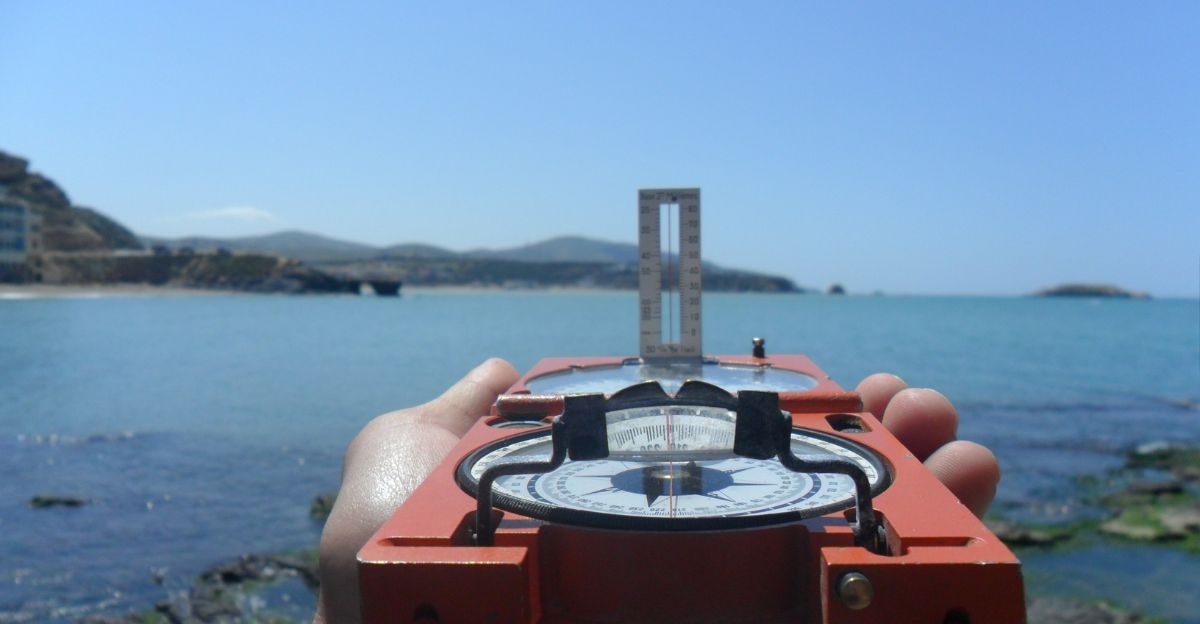
This incredible discovery wasn’t a sudden breakthrough. It took decades of study, satellite photos, seismic information, and computer simulations.
Researchers at the University of Utrecht, led by geologist Douwe van Hinsbergen, assembled rock fragments and plate movements like pieces of an enormous 3D puzzle.
Adria had made its mark: bits of sediment and limestone were folded into Europe’s spine. The mountain debris researchers analyzed was actually a whole continent, shattered and subducted.
Europe’s Mountains—Built on Ancient Bones
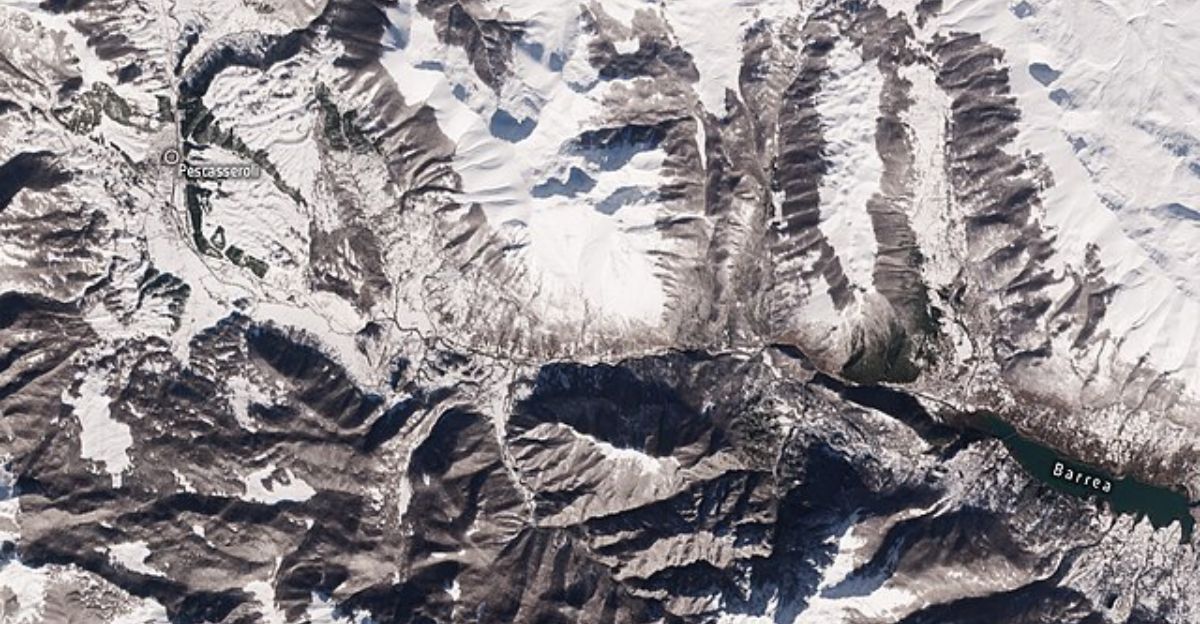
You’ve likely seen parts of Greater Adria without realizing it. The Alps, the Apennines in Italy, the Dinarides along the Balkan coast, and even mountains in Greece and Turkey all bear its remnants.
As Greater Adria collided with Europe, it crumpled and fractured, with bits of its crust pushed upward to form today’s dramatic peaks. These aren’t just mountains—they’re the exposed skeleton of a forgotten world.
The Continent Under Your Walking Boots
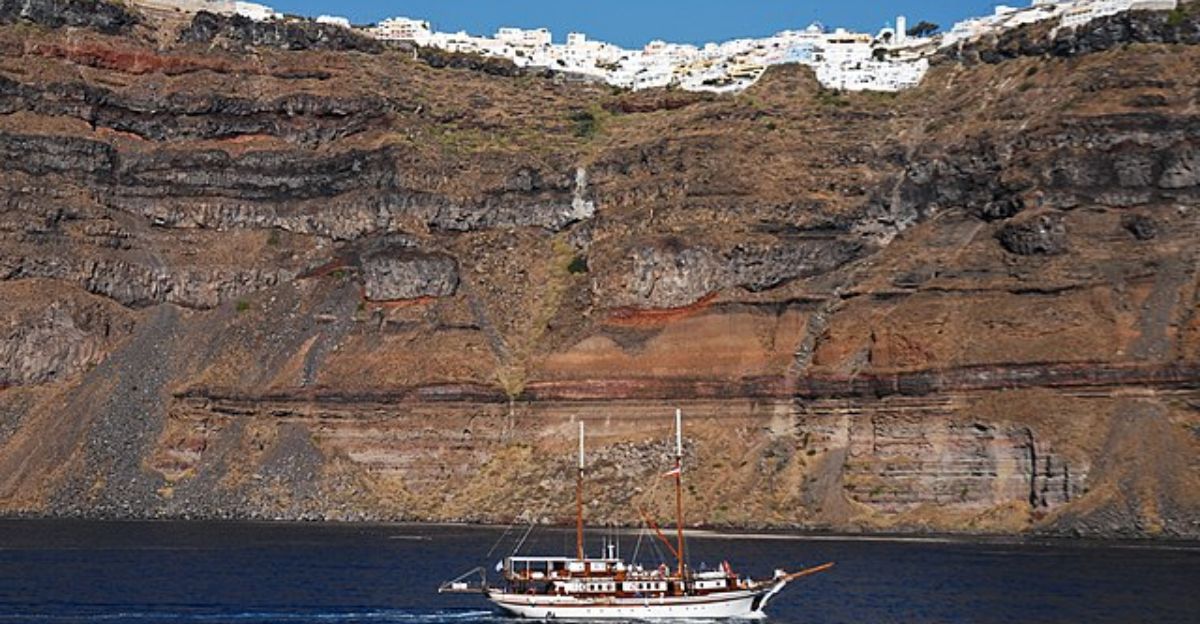
It’s a peculiar thought: millions of tourists annually trudge down trails or tan on beaches once part of Greater Adria.
From the Dolomites to the Aegean Sea coastline, you’re not just experiencing the great outdoors—you’re strolling on parts of a lost continent.
As van Hinsbergen explained, “Forget Atlantis. Tourists unknowingly spend their holidays on the lost continent of Greater Adria.” Odds are, you already have too.
Why It Disappeared Without a Trace
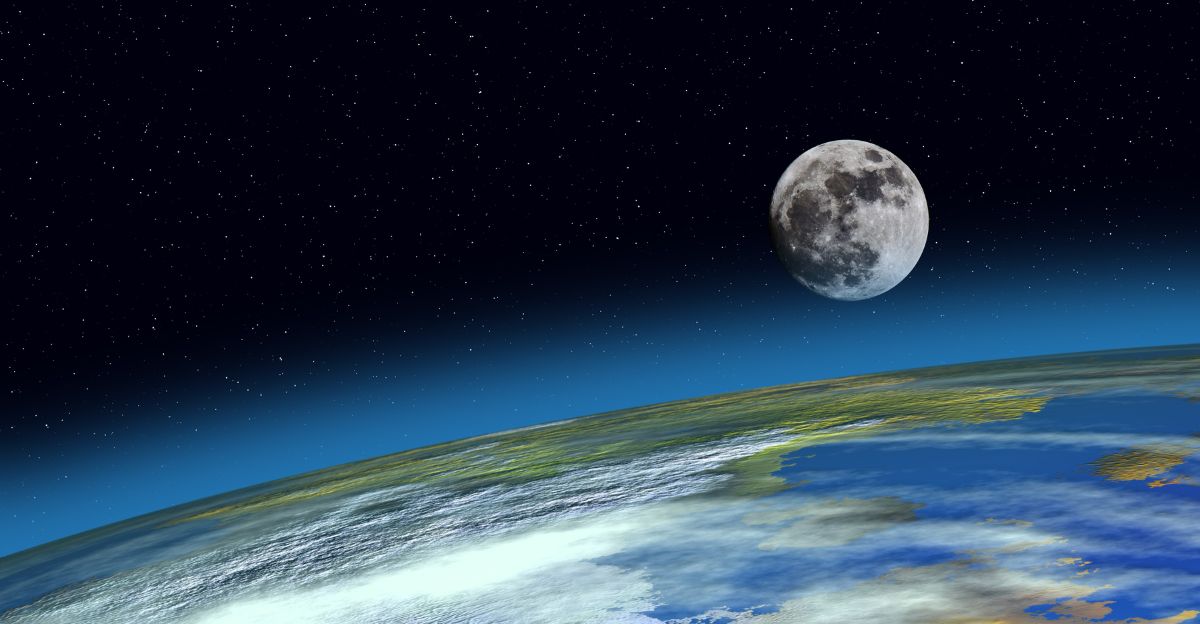
Unlike mass destruction myths, the disappearance of Greater Adria was done silently and incrementally. It inched downward at a geologic pace—just a couple of centimeters per year.
Tens of millions of years elapsed as it was pulled down beneath the crust, folded and deformed. It’s mostly buried in the mantle, deep beneath the Earth’s surface.
The Mediterranean: A Geological Maze
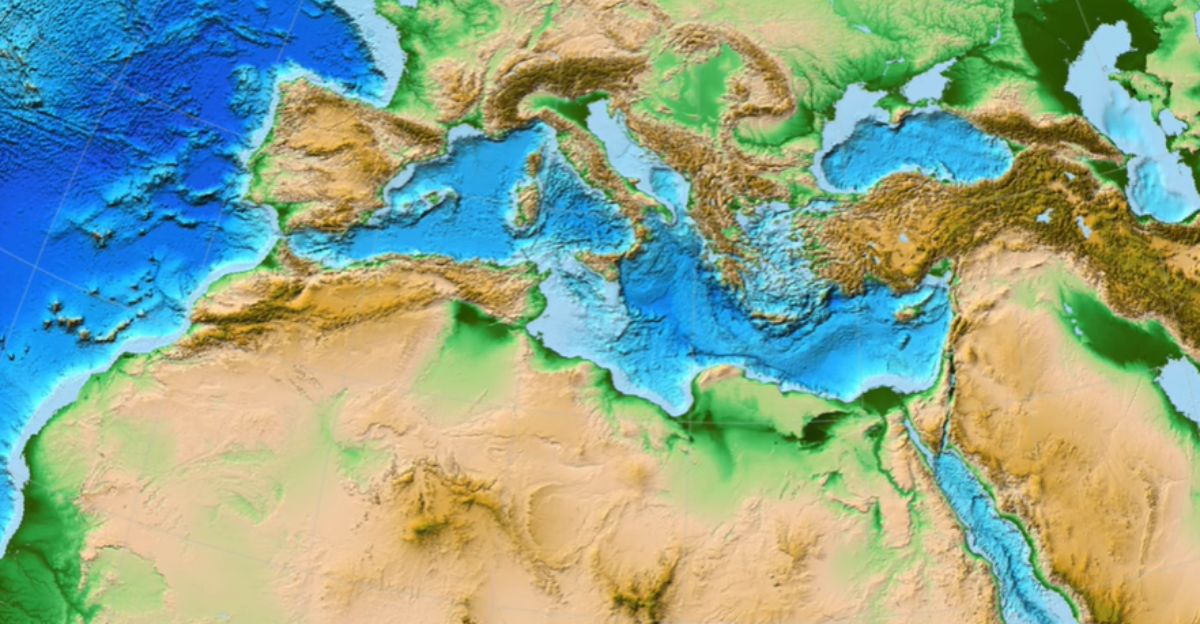
The Mediterranean is not something you can easily make sense of. Van Hinsbergen calls it a “geological mess”—twisted plates, broken crust, bent mountain ranges.
That’s where multiple tectonic plates collide and compress against each other. That’s why it was so hard to find Greater Adria.
The Earth didn’t collapse; it got folded, buckled, and became layered. Like a torn jigsaw puzzle, the pieces were there—just not all in the same place.
Seismic Echoes from Below
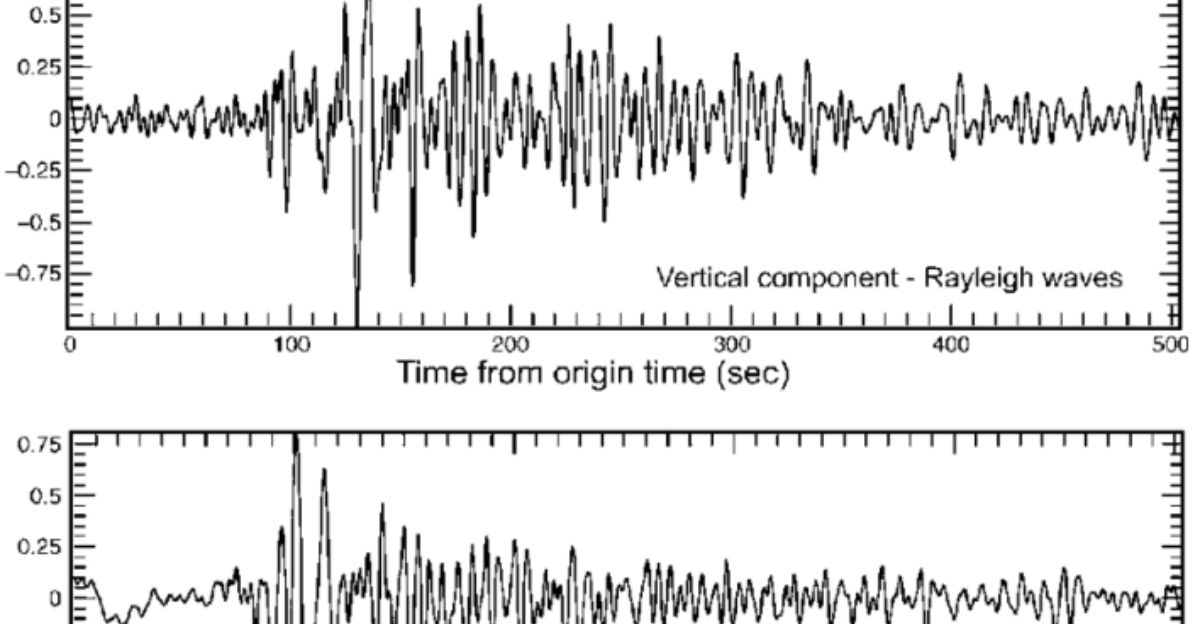
How did researchers discover a secret continent? With seismic waves. By shooting waves into the planet and measuring how they reflect, researchers are able to “see” hidden structures below their feet.
These images revealed thick slabs of crust—remnants of the continent buried miles beneath Europe. Some were traced 1,500 kilometers in depth into the mantle. The ‘stone sonar’ revealed something gigantic was hidden beneath Southern Europe.
Rewrite Earth’s Textbooks

This is more than a fascinating side note in the history of geology—it’s a revolution. Greater Adria tells us how Europe’s mountain ranges were formed and familiarizes us with the character of the movement of tectonic plates.
It challenges traditional models and introduces new methods for describing the Earth’s dynamic surface. Scientists now have even more compelling evidence that continents don’t just split and drift apart from one another—they can be engulfed completely into the Earth.
A Lesson in Deep Time
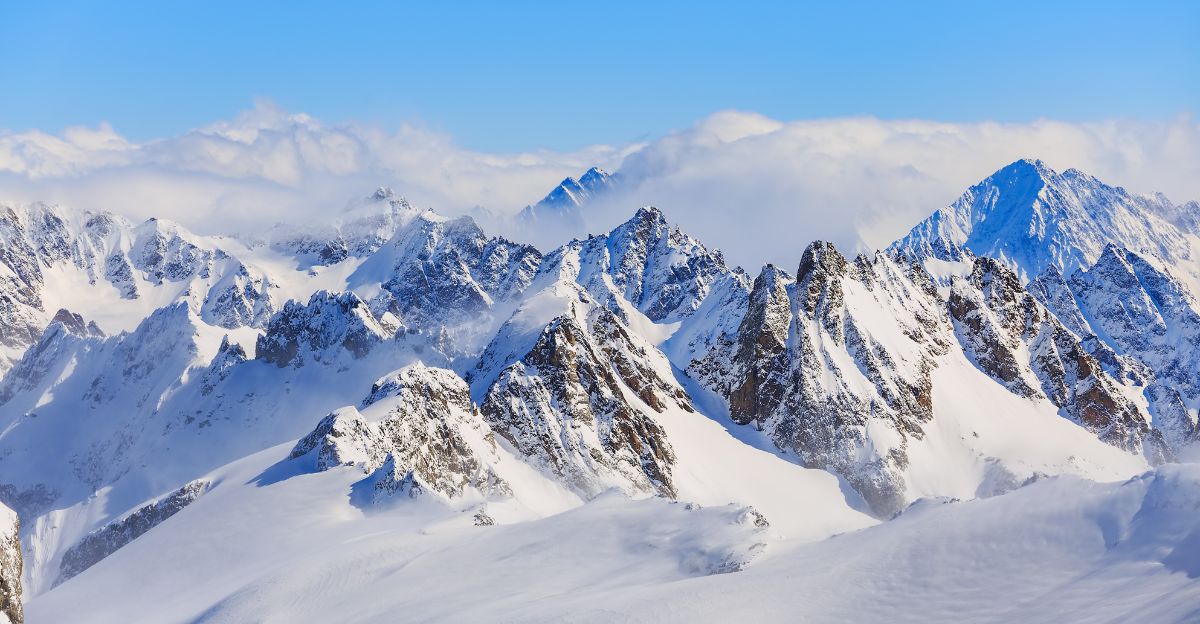
Greater Adria’s history is a story of hundreds of millions of years. It reminds us of how exciting our world actually is. What is stable—continents, oceans, mountain ranges—is constantly moving.
We work in decades or centuries, but Earth works in millions of years. Forgotten continents like Greater Adria remind us of how recent human history is compared to the rocks beneath our feet. Our world has much more to say.
Not the First—Or the Last
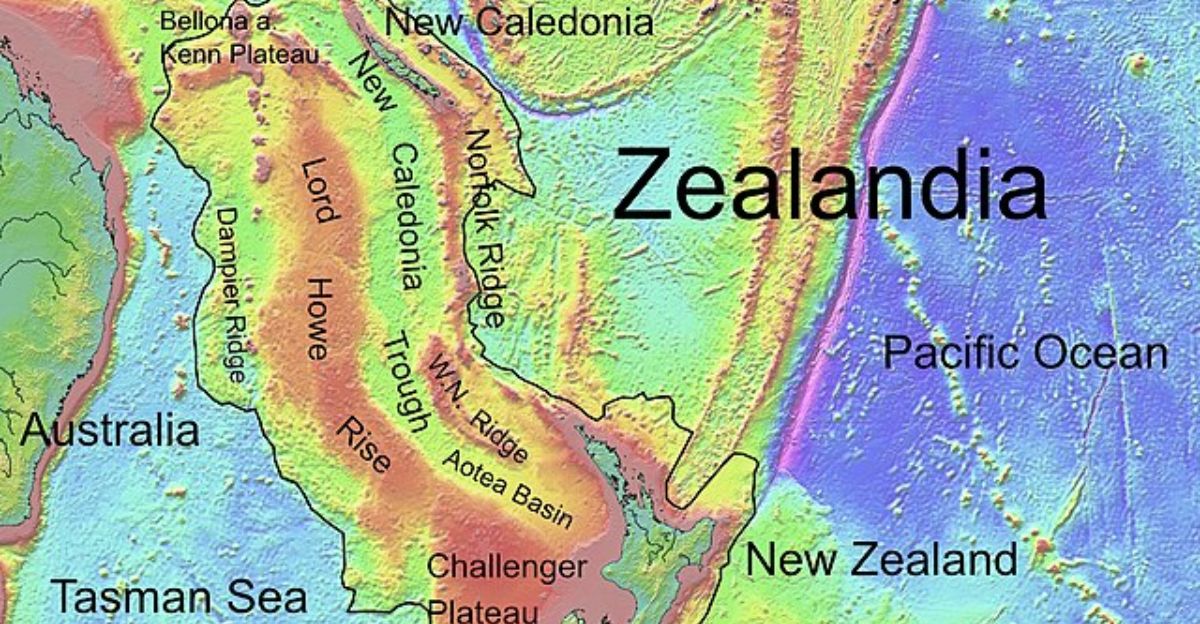
Greater Adria is not an isolated case. Other lost continents, like Zealandia, near New Zealand, or Argoland, off the coast of Australia, have been discovered in the past few years.
The Earth’s crust is strewn with lost fragments—some concealed, some beneath seas. As technology improves, we are likely to discover more of these silent giants.
Each one shifts our understanding of geography, chronology, and the actual patchwork of the Earth’s surface.
Science to Storytelling
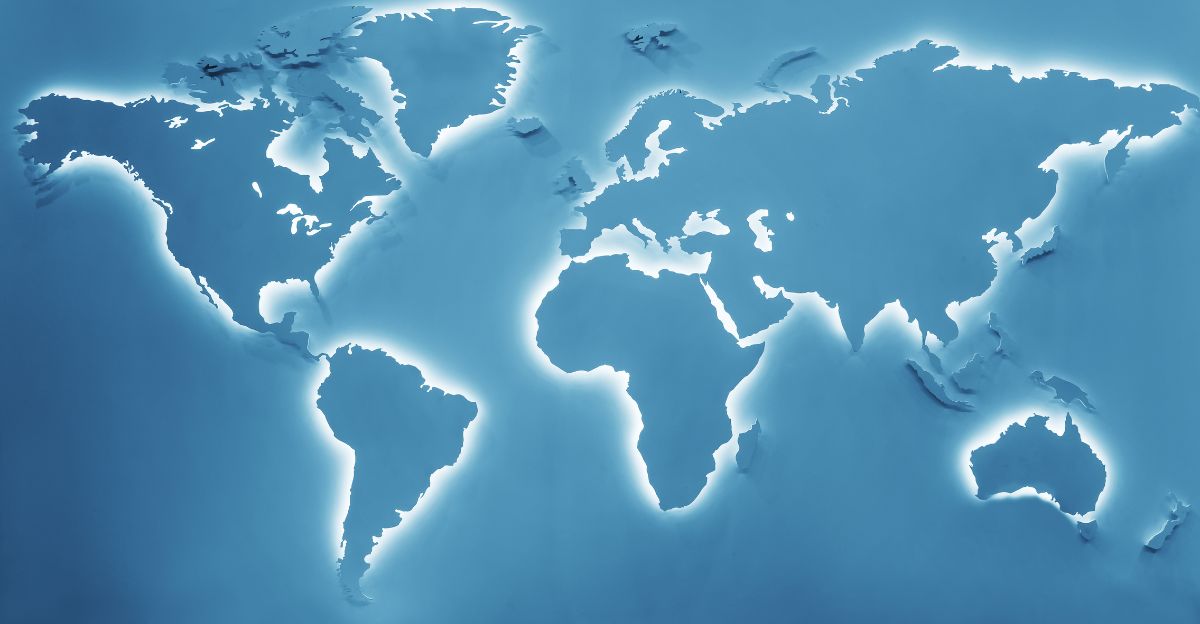
The story of Greater Adria need not be lost cities or mystical civilizations, but it is no less epic. It’s that of a massive continent, born of tectonic fire, devoured by the Earth, and unearthed through genius and good equipment.
It doesn’t require myths to become magical. It’s a showcase of how Earth’s actual history is stranger—and more fascinating—than fiction.
The Continent Under All of Us

Greater Adria’s discovery is a glimpse behind the curtain of ancient Earth. It’s a testament to human innovation—and the infinite complexity of nature.
Trekking through Europe’s mountains, sunbathing on Mediterranean beaches, looking over ancient ruins—whatever it is, we’re standing on top of lost land.
These lands may lie buried, but their stories still echo in our time. The next time you look at a mountain range, remember—there could be an entire lost continent beneath it.

